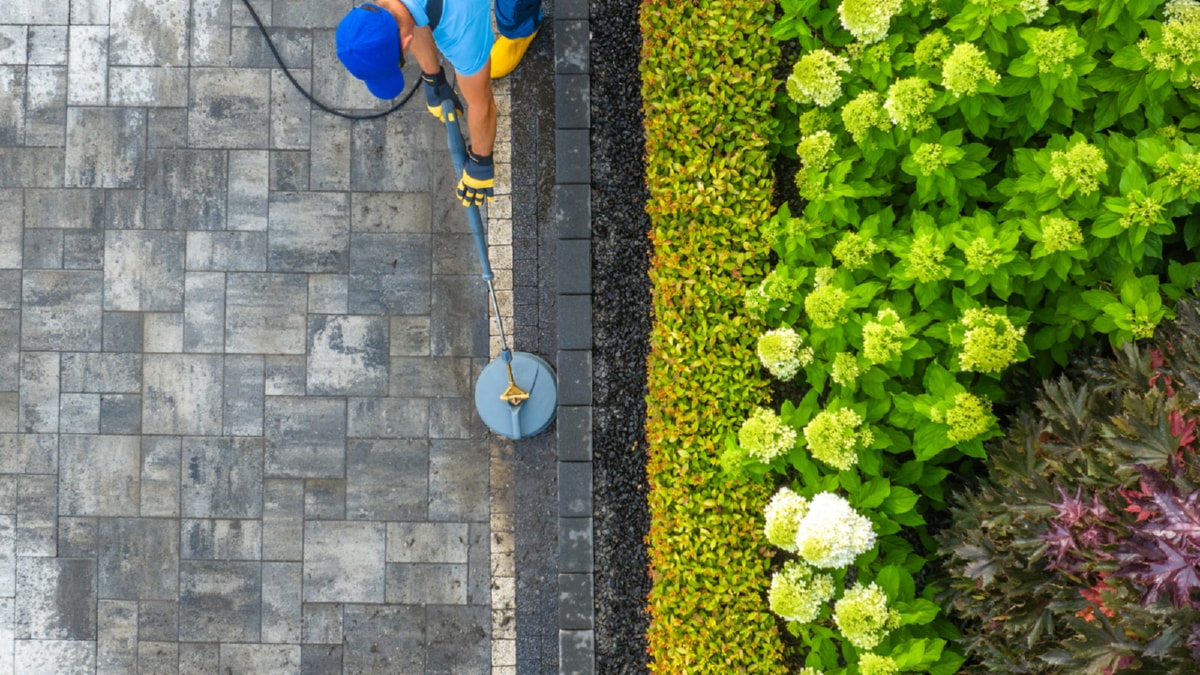In the high-risk world of construction, implementing effective safety measures is of paramount importance. It is not just a matter of adhering to regulations or avoiding potential lawsuits, but it is about ensuring the well-being of workers. Therefore, every construction project manager, contractor, and worker must be keenly conscious of the best practices for maintaining a safe construction site.
Firstly, hazard identification is an essential practice for any construction site. It involves identifying potential hazards, from falling debris to potential electrocution, and implementing measures to mitigate these risks. This process should be ongoing, with regular assessments conducted throughout the project’s life cycle. A thorough risk assessment can help ensure that all potential dangers are addressed, making the construction site safer for everyone involved.
Secondly, ensuring proper training is another key aspect in building a safe construction site. Every worker should be adequately trained in the operation of tools and machinery, safe handling of hazardous materials, and emergency response procedures. This training should not be a one-time event but rather a continuous process, with refresher courses and updates as necessary. Providing this level of training helps to empower workers, giving them the knowledge and skills they need to avoid unnecessary risks on the job.
Another crucial factor for safety in a construction site is the use of appropriate personal protective equipment (PPE). This includes hard hats, safety glasses, high-visibility clothing, and protective footwear. PPE should be mandated on every construction site, with strict enforcement of usage rules. Routine checks should be conducted to ensure that all PPE is in good condition and is being used correctly.
Communication is another fundamental safety measure on a construction site. Efficient communication helps to prevent misunderstandings that could lead to accidents. This includes ensuring that safety signs are prominently displayed, holding regular safety briefings, and promoting an open dialogue where workers feel comfortable reporting potential hazards.
Lastly, it is important to maintain a well-organized construction site. Debris and clutter can cause tripping hazards and obstruct emergency exits. Regular clean-up operations and a strict adherence to cleanliness can significantly reduce the risk of accidents and injuries on site.
In conclusion, creating a hazard-free environment is a collective effort. It requires the commitment of everyone on site, from the project manager to the newest laborer. By following these best practices, we can work towards a construction industry that is not just productive, but also safe for all its workers.
.
For more details, check best masonry services or visit their business listing here.



